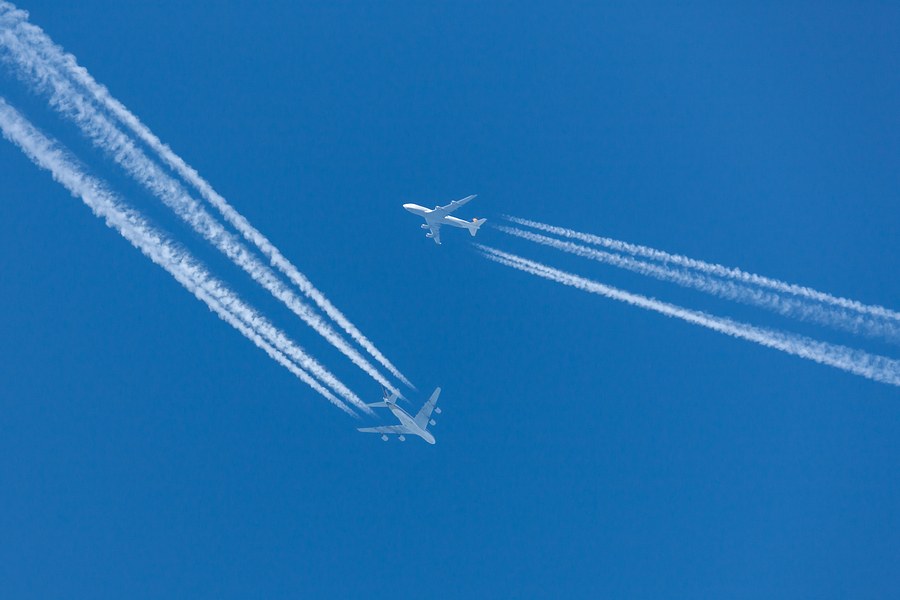Many studies conducted both by airlines and international air transport organizations agree that passenger air traffic is expected to double by 2035, with average growth of 4.7% per year. Behind these figures are not only regional disparities, but also assumptions, some of which might questionable.
Asia leading the pack
Airbus, Boeing, the International Air Transport Association and the Air Transport Bureau of the International Civil Aviation Organization expect passenger numbers to reach 7.2 billion by 2035 versus 3.8 billion in 2016, and half of this increase will come from Asia. Indeed, this continent is expected to experience the largest growth in the number of passengers by 2035, by 1.8 billion to reach 3.1 billion passengers in total (annual growth of 4.7%). For North America, it could exceed one billion passengers in 2035 (1.3 billion more precisely), with 536 million additional passengers, but Europe would still be ahead with a total of 1.5 billion passengers, due to an influx of 570 million additional passengers. The continent with the highest annual growth rate is expected to be Africa (5.1%) and by 2035 is expected to total nearly 303 million passengers, an increase of 192 million over 2010.
As for the Middle East, its future looks very promising, going by the study projections in terms of annual growth of air traffic up to 2035: second place for the region (5%) and first place for the United Arab Emirates (6.3%).
Causes and limitations of projections
One of the main causes of the explosion of global air traffic is urbanization. By 2030, many large cities will grow, but also, in their wake, will appear the creation and development of many long-haul routes. While 3.6 billion of the world’s population was urban in 2010, it is expected to increase to 5 billion by 2030, mainly driven by China (600 to 900 million) and India (400 to 600 million). This strong growth of urban population is likely to be accompanied by an increase in Asia’s proportion in the global gross domestic product (GDP): 24% in 2010, 36% in 2030. However, the reality could be quite different from these projections based on questionable postulates. First is the fuel. Representing more than 30% of the cost of operations, its high price could decrease the number of passengers, unless 2nd and 3rd generation biofuels are offered at competitive prices – which is far from the case today. Secondly, rail competition, particularly for journeys between 3 and 3-1/2 hours, could undermine air traffic forecasts in Europe (enlargement of the European TGV network by 2030), in China (increasing frustration with many flight delays), Japan (where train is preferred for domestic routes). Thirdly is protectionism. In these times, it would be utopian to believe that trade liberalization is the only route to take. In a “protectionist” scenario, the increase in global traffic between 2010 and 2035 is likely be no more than 2.5% per year, or 5.8 billion passengers in 2035, according to the International Air Transport Association.
Whatever the challenges of these scenarios, it is clear that air traffic is going to grow in the coming years, so airline stakeholders must organize themselves today and governments must support them given the magnitude of the situation.
